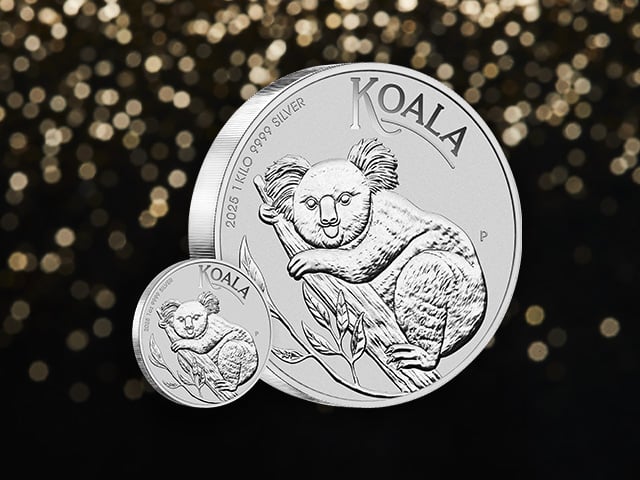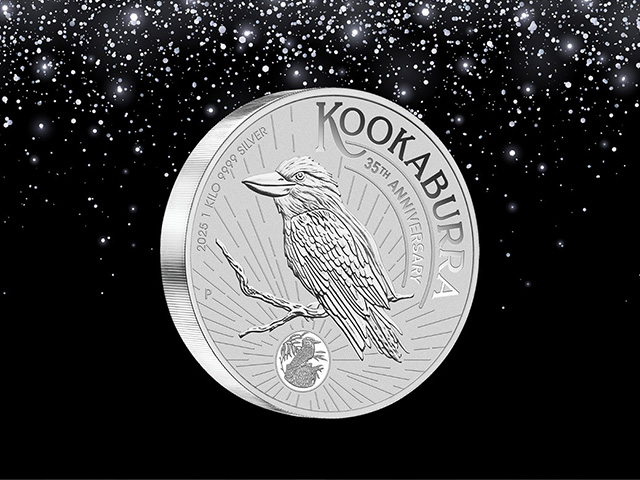What managed money gold positions might be telling us

Investors looking to own precious metals such as gold as long-term investments usually access the market in one of three main ways.
They either buy physical bars and coins, invest through a depository account, or purchase an exchange traded fund via their stockbroker.
A fourth way to get gold exposure is through futures contracts.
Futures contracts are used by many participants in the gold industry and in broader financial markets, with investors either buying gold futures (termed ‘going long’) or selling gold futures (termed ‘going short’).
Futures contracts like those traded on the Chicago Mercantile Exchange (CME), which operates the largest futures markets in the world, are worth 100 ounces of gold. At the end March 2020, the price of gold was USD 1,577.68 per ounce, meaning that each futures contract had a nominal value of USD157,768.
Participants in the gold futures market are typically not interested in taking physical possession of the metal, but instead are using gold to hedge price risk, or to speculate that the metal will increase or decrease in price, in the hope they make a profit from the expected move.
Every week, the Commodity Futures Trading Commission (CFTC) in the United States publishes a report which highlights activity in the futures market, as well as the total number of ‘long’ positions and ‘short’ positions in each commodity.
CFTC reports also break-down long and short positions between different investor types, from commercial entities who use futures to manage risk within their business (for example a mining company or jewellery fabricator), through to speculators, who are simply hoping to make money based on which direction they think the gold price will head.
It is this latter category of speculators, termed ‘managed money’, that is worth paying particular attention too. This is because whilst their activity has an impact on gold prices (as you’ll see below), they often get overextended at or near market inflection points.
This means that if you see a very large build-up in managed money long positions, it could be a warning sign that the gold market needs a breather, with potential for a short-term price correction.
At the other end of the spectrum, when you see lots of investors speculating the price will fall, it’s an indicator (though not a guarantee) that the market may be close to bottoming.
What has been happening with managed money gold positions?
The chart below plots managed money gross long and gross short positions from late 2017 through to the end of March 2020. The blue bars represents gross long positions (i.e. the number of investors betting the price will rise), whilst the red bars represents gross short positions (i.e. the number of investors betting the price will fall).
The chart makes it clear that back in mid to late 2018, there was a sizable number of investors betting the price would fall, with the gross short positions numbering over 200,000 contracts. At the same time, there were less than 100,000 gross long positions, emphasising that more investors were betting the price would fall, rather than rise.
It is worth pointing out that back towards the end of Q3 2018, at a time when a record number of speculators thought the gold price would fall, it was trading just below USD 1,200 per ounce. It is almost 40% higher today.
In the 18 or so months that have passed, the situation with managed money speculators has changed considerably, with gross short positions dropping from over 200,000 to below 20,000 contracts, whilst gross long positions rose from below 100,000 to above 250,000 contracts at one point.
In terms of the impact this has had on the market, consider that from September 2018 through to the end of February 2020, the gold price averaged USD 1,385 per ounce.
If all those speculators that were short gold unwound their positions at this price, it would have equated to just over USD 22 billion of gold buying. If all the speculators that went long gold over this period did it at that average price, it would represent buying of over USD 25 billion.
That is a lot of ‘gold buying’ with this activity playing a key role in the gold price rally over the period, which can see be seen on the black line in the chart above.
Since mid-February 2020, managed money speculators have cut their gross long positions by more than 40%. This means that a substantial amount of froth (or investor overexuberance) has come out of the market in the last two months.
That is a positive development for long-term gold bulls, though of course it does not guarantee prices will rise in the period ahead.
DISCLAIMER
Past performance does not guarantee future results. The information in this article and the links provided are for general information only and should not be taken as constituting professional advice from The Perth Mint. The Perth Mint is not a financial adviser. You should consider seeking independent financial advice to check how the information in this article relates to your unique circumstances. All data, including prices, quotes, valuations and statistics included have been obtained from sources The Perth Mint deems to be reliable, but we do not guarantee their accuracy or completeness. The Perth Mint is not liable for any loss caused, whether due to negligence or otherwise, arising from the use of, or reliance on, the information provided directly or indirectly, by use of this article.












